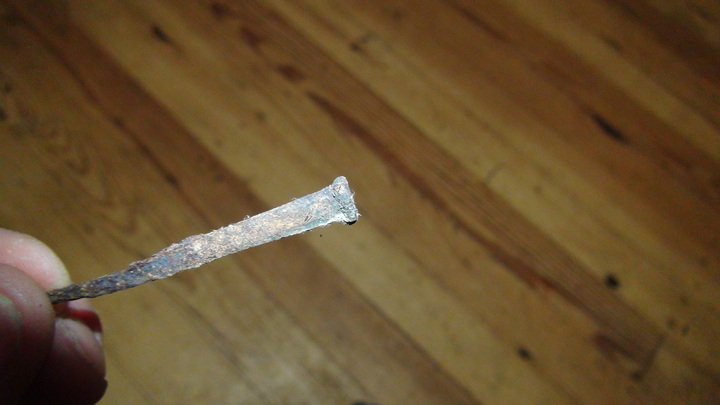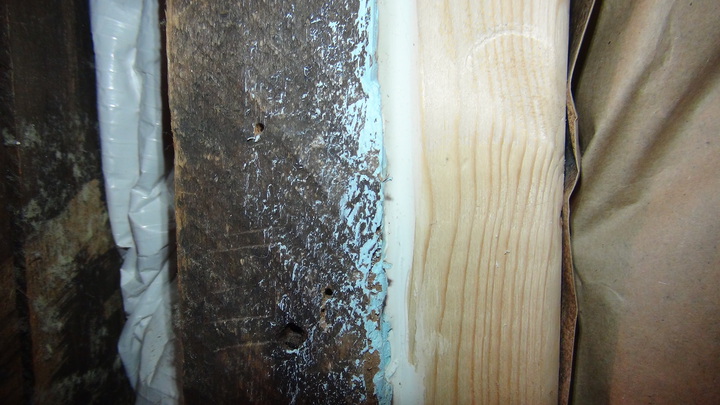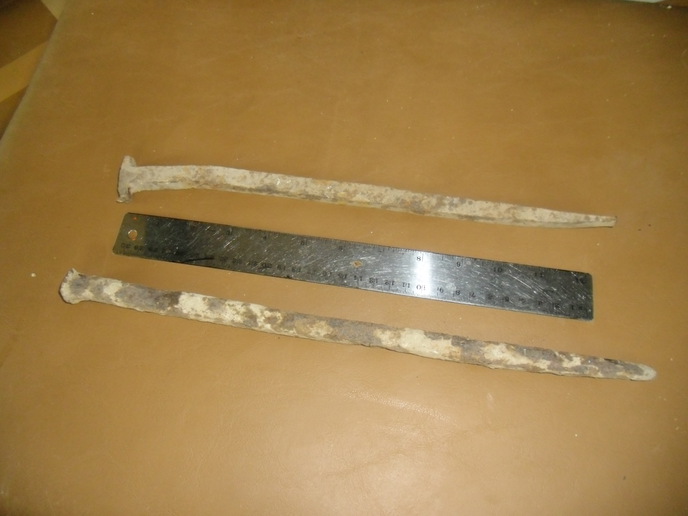Brian G. NY
Well-known Member
I once owned an old fatm house where cut nails were
used exclusively in its construction.
I did some renovations and saved a whole bunch of
the nails from small fininshing nails to spikes.
Some of them still have a nice blue color to them.
Ever notice that a lot of cut nails when bent during
removal will split right up the center?
used exclusively in its construction.
I did some renovations and saved a whole bunch of
the nails from small fininshing nails to spikes.
Some of them still have a nice blue color to them.
Ever notice that a lot of cut nails when bent during
removal will split right up the center?




